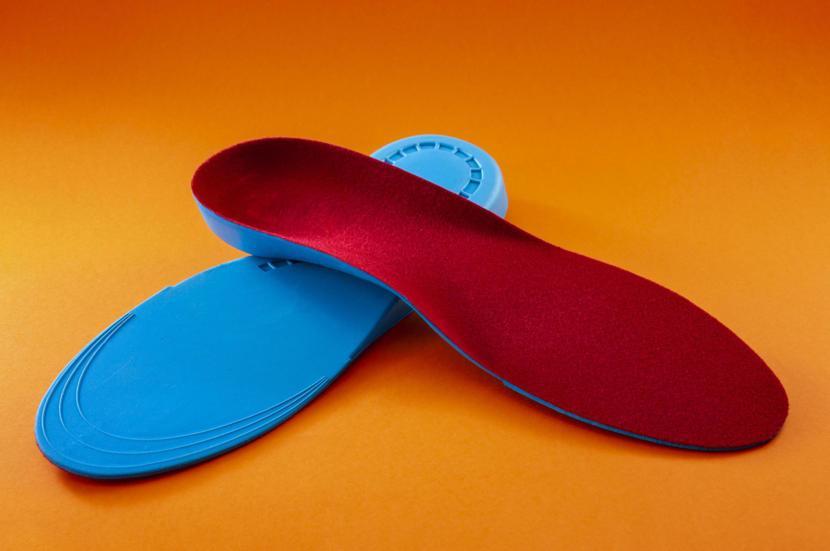Why Are Custom Orthotics Important?

Dr. Christopher Hyde is a Chiropractor practicing in Indianapolis, IN. Dr. Hyde specializes in preventing, diagnosing, and treating conditions associated with the neuromusculoskeletal system, while improving each patients functionality and quality of life. Conditions treated include sciatica, neck pain, and arthritis... more
When I tell patients that they need custom orthotics in order to return function to 100% of its potential, I am usually met with a blank stare! That's OK. I know that signals to me they don't know what to ask, so I am writing this to help you understand the role of the foot and how a custom orthotic can change everything.
Let's begin with the foot itself. Essentially, the foot is a tripod with weight bearing points being on the heel and the inside and outside of the ball of the foot. In between these three points we have three arches. On the inside we have the medial arch. This is the one most are aware of because, when you cross your leg one over the other, it is easy to see. Most people don't realize that there is a lateral arch on the outside of the foot and a transverse arch in the middle of the ball of the foot. This enables the foot to flex flat upon weight bearing and bounce back to normal upon release. Sounds a little like the shock absorber on our car doesn't it? You would be exactly right! Our foot has this dynamic motion that absorbed the forces imparted into it when we walk, run and jump. Were it not for this ability, our foot would merely slap at the ground with every step. If the forces of gravity are not absorbed in the foot, then they will be transmitted up the long bones of the leg and transferred to the pelvis and lower spine where those forces will be cushioned by the discs in between the vertebrae. Over a long period of time, those forces will sneak higher and higher up the spine. This will lead to eventual degenerative changes preceded by pain and stiffness. One interesting thing to note is that any female who has been pregnant will always have flat feet. Let me explain, you know the old "wives tale" that when you're pregnant your feet grow? Well, not exactly. Yes, they can get longer and sometimes wider too, but not due to growth. It's because the arches fell and thus the foot flattened out making them longer and wider. When women enter the fourth trimester of pregnancy, they produce a hormone called "relaxin". Our joints are held together with ligaments, which are not elastic. When a strong force is applied to them they will usually tear. Relaxin targets these ligaments and turns them into "rubber bands". This allows the pelvis to open during delivery so no excessive injury is experienced. This hormone will continue to be produced until breastfeeding has come to an end.
As a Chiropractor, I can diagnose flat feet in several different ways. First, and most definitively, with a full set of x-rays. Flat feet will cause a couple of postural compensations on the images. Most common are an increase in the curve of the lumbar spine called hyperlordosis and a decrease in curve of the cervical spine called hypolordosis. This is usually accompanied by posterior weight bearing in the lower back and forward head posture of the neck. Another method equally as accurate is through muscle testing. I can have a patient lay on an exam table and apply any number of muscle tests on them to get a base test of their strength. Next, I have them stand up, engaging their feet, and perform the same muscle test again. I would expect to find a significant reduction in strength when in a weight bearing position. If these two methods are used, then no other testing should be required to make a definitive diagnosis. Orthotics are needed.
I used to use foam castings that would be sent to a lab to be turned into custom orthotics. This method requires all involved parties to be completely ethical. A couple of years ago, I learned that several companies would receive my molds and then send me a generic insert that was not matched to the mold. I no longer trust what I can't see so I found a company that supplies me with orthotic foot beds that I mold right in my own office in front of the patient, using the patient's foot. This has made all the difference in trust and confidence between both me and my patients and me and my product.
Never underestimate your feet. Have yours evaluated by a professional and make sure the orthotic is flexible and not rigid. Remember, the foot is dynamic and so your orthotic must be too!








